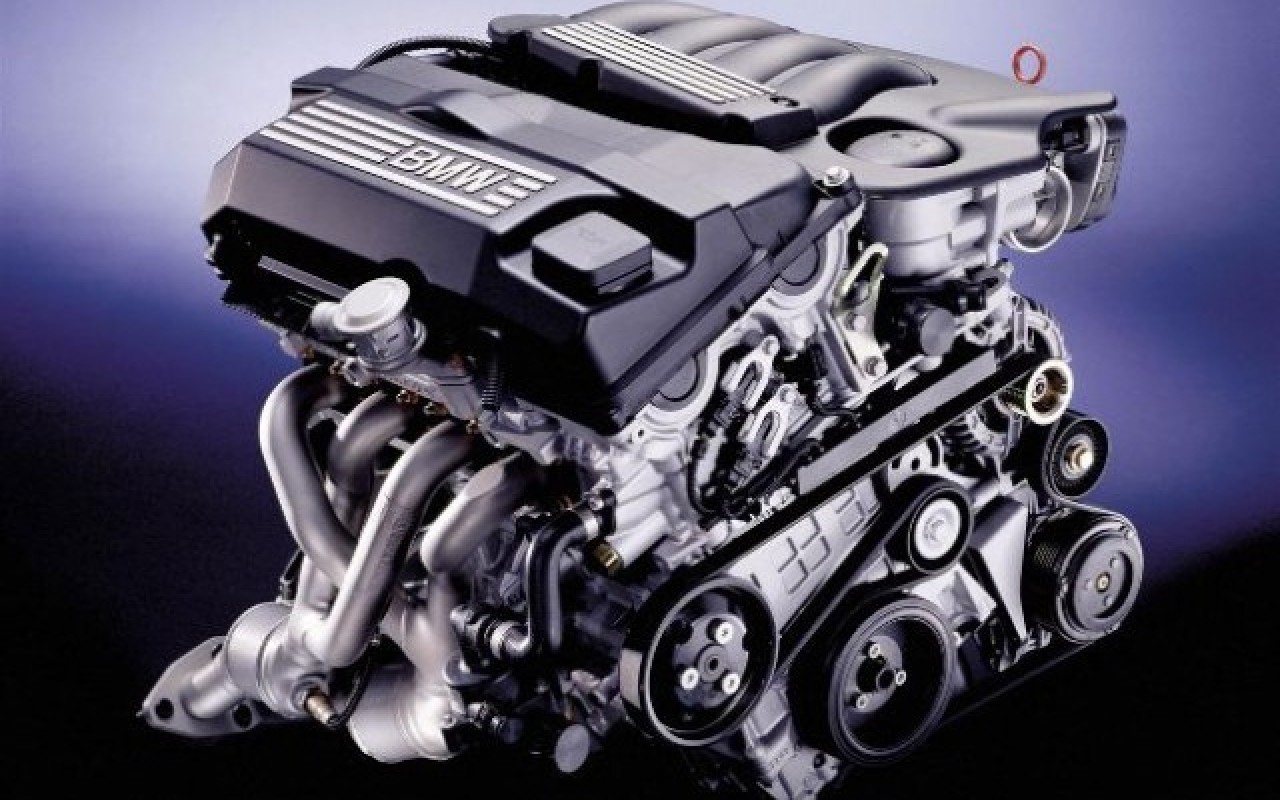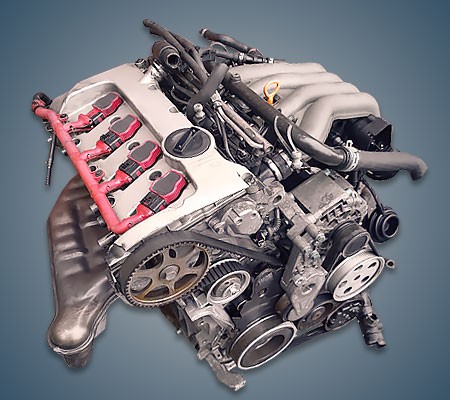
BMW N46 engine - technical data, malfunctions and powertrain settings
Content
The N46 engine from the Bavarian company is the successor to the N42 unit. Its production began in 2004 and ended in 2015. The variant was available in six versions:
- N46B18;
- B20U1;
- B20U2;
- B20U0;
- B20U01;
- NB20.
You will learn more about this engine later in our article. Check if tuning fans will like this device!
N46 engine - basic information
How is this unit different from its predecessors? The N46 uses a completely redesigned crankshaft, intake manifold and valve train. In 2007, the engine also underwent a minor reconstruction - this version was sold under the designation N46N. It was also decided to change the intake manifold, exhaust camshaft and engine control unit (Bosch Motronic MV17.4.6).
Structural solutions and incineration
The model was also equipped with the Valvetronic system, as well as the dual VANOS system, which was responsible for controlling the valves. Combustion began to be controlled using lambda probes, which also functioned at maximum load. The solutions mentioned above meant that the N46 engine consumed less fuel and produced less pollutants in the form of CO2, HmCn, NOx and benzene. The engine without Valvetronic is known as the N45 and was available in 1,6 and 2,0 liter versions.
Technical data of the power plant
Design features include an aluminum block, inline-four configuration, and four DOHC valves per cylinder with a 90mm bore and 84mm stroke.
The compression ratio was 10.5. Total volume 1995 cc The gasoline unit was sold with a Bosch ME 9.2 or Bosch MV17.4.6 control system.
bmw engine operation
The N46 engine had to use 5W-30 or 5W-40 oil and change it every 7 or 10 thousand km. km. The tank capacity was 4.25 liters. In the BMW E90 320i, on which this unit was installed, fuel consumption fluctuated around the following values:
- 7,4 l/100 km mixed;
- 5,6 l / 100 km on the highway;
- 10,7 l/100 km in the garden.
The tank capacity reached 63 liters, and CO02 emissions were 178 g / km.
Breakdowns and malfunctions are the most common problems
There were flaws in the design of the N46 that led to malfunctions. One of the most common was a fairly high oil consumption. In this aspect, the substance used plays a key role - better ones do not cause problems. If this is not taken care of, the valve stem seals and piston rings fail - usually by 50 km. km.
Motor users also drew attention to the strong vibrations and noise of the unit. It was possible to get rid of this problem by cleaning the VANOS variable valve timing system. More complex operations required replacing the timing chain, which could stretch (usually after 100 km).
Drive tuning - suggestions for modifications
The motor has a lot of potential when it comes to tuning. In this matter, one of the most common choices for owners of cars with an N46 engine is chip tuning. Thanks to this, you can increase the drive power in a simple way. This can be done using aggressive ECU firmware. The development will be the addition of a cold air intake, as well as a cat-back exhaust system. Properly carried out tuning will increase the power of the power unit up to 10 hp.
How else can you tune?
Another way is to use a supercharger. After connecting the supercharger to the engine system, even from 200 to 230 hp can be obtained from the engine. The good news is that you don't have to assemble the individual components yourself. You can use a ready-made kit from trusted manufacturers. The only downside of this solution is the price, sometimes reaching up to 20 XNUMX. zloty.
If you are sure that the car with the N46 engine is in good technical condition, you should choose it. Vehicles and drives garner positive reviews, guarantee driving pleasure as well as optimal performance and operating economy. The advantage is also the possibility of tuning the BMW drive.
